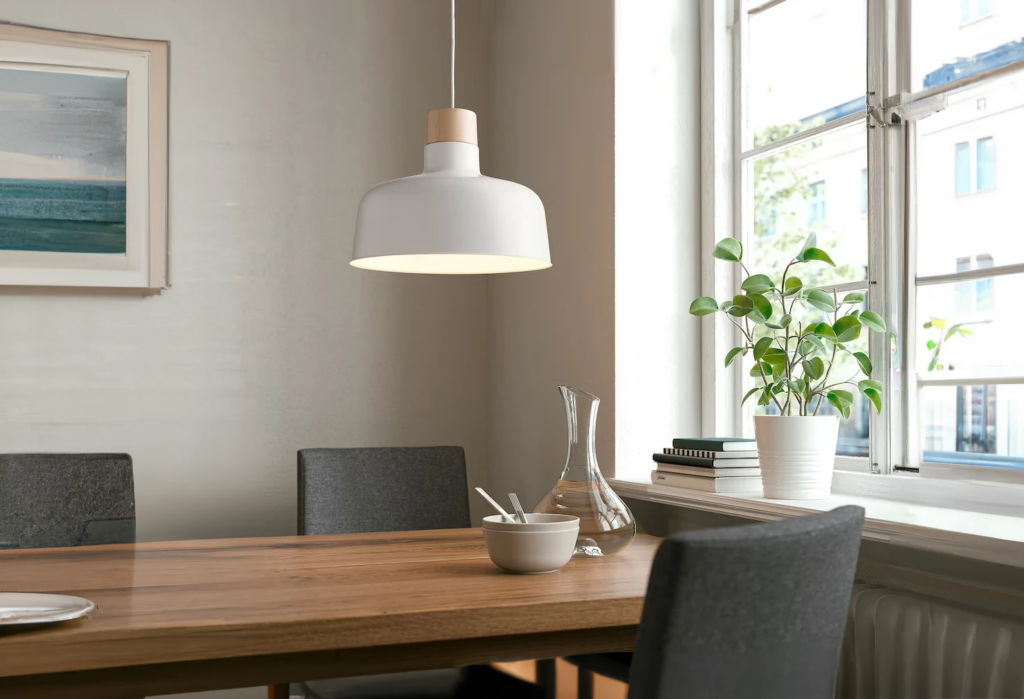
What are pendant lights
In time helping customers install lighting, I’ve come to appreciate the unique charm and functionality of pendant lights. These are singular light fixtures that dangle from the ceiling, typically suspended by cords, chains, or metal rods. Their name originates from their similarity in looks to a pendant on a necklace.
Diverse Designs and Types
Throughout my observations, I’ve noticed that pendant lights showcase a vast array of styles and forms. They can be crafted from various materials, including metal, glass, concrete, plastic, and even paper. Their designs can range from simple globes to more intricate woven cages, catering to almost every interior style.
Types I’ve Encountered:
- Mini-Pendants: These are compact and ideal for focused lighting or for use in clusters.
- Multi-Light Pendants: Incorporating multiple bulbs from a single fixture, they offer broader illumination.
- Island Pendants: Tailored for kitchen islands, they strike a balance between task and ambient lighting.
Positioning and Installation Insights
From my experience, pendant lights are versatile in their application. They’re commonly found hovering over raised surfaces, such as kitchen countertops or dining tables. A popular placement I’ve seen is over dining tables, where they’re typically spaced 75 cm to 80 cm apart and hang 70 cm to 80 cm above the tabletop.
What is a good height for pendant lights over islands
When it comes to installation, it’s paramount to ensure there are no obstructions below the pendant light. This minimizes the risk of accidental head bumps. For heavier pendants, it is important to use heavy duty mounting methods, such as expanding anchor bolts to ensure they remain securely affixed to the ceiling.
Maintenance Observations
Given their intricate designs, pendant lights can pose a challenge when cleaning. Unlike simpler fixtures like standard round ceiling lights, they often require more meticulous care. Regular dusting and gentle cleaning have proven effective in my experience.
Comparing Pendant Lights and Chandeliers
There are a few key differences between pendant lights and chandeliers. While both hang from the ceiling, chandeliers incorporate multiple bulbs into a single fixture. In contrast, pendant lights typically house just one bulb.
Also, chandeliers often exude grandeur and are mostly much pricier, whereas pendant lights lean towards a more simplistic design.
Safety and Durability Considerations
Ensuring pendant lights are securely fastened is important, especially for the heavier designs. As for durability, a notable advantage of many pendant lights is their integrated bulb holders. This feature allows users to select bulbs of their choice. And replacing a blown bulb is as simple as twisting the old bulb out and twisting the new bulb in. This is why we see many pendants lasting many decades, only being replaced when a homeowner wants a change in style.
Concluding Thoughts
In the realm of interior lighting, pendant lights have carved a niche for themselves, blending functionality with artistry. Whether their purpose is to illuminate a specific area, add elegance, or make a style statement, pendant lights have proven to be an excellent choice in various settings.
